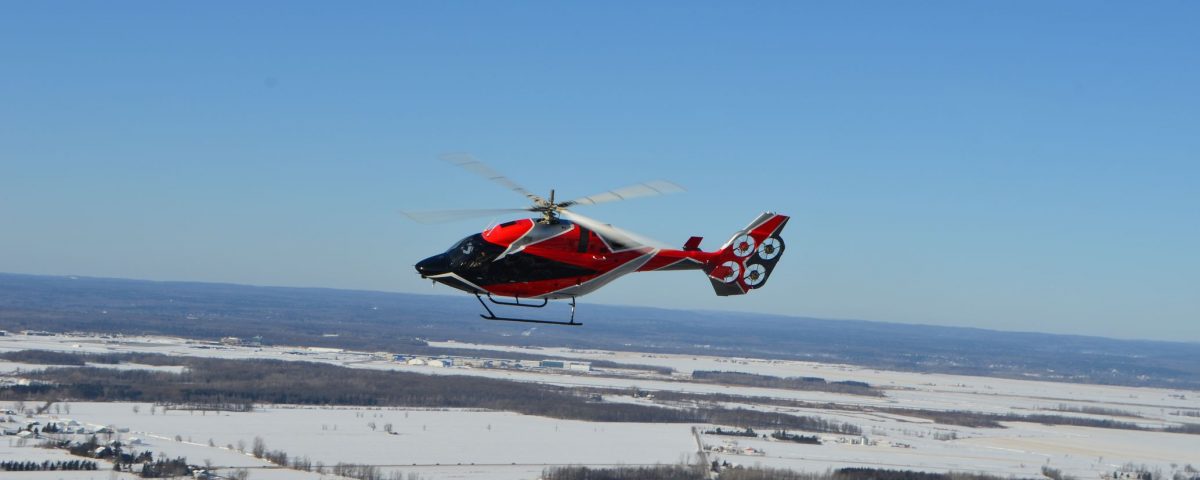- VUELA CON NOSOTROS
- 24/7 +30 210 996 7870
- +306932332090
- info@helicopter4you.com
Bell’s new helicopter may look strange, but it could reduce accidents and noise

The tail on this experimental Bell craft consists of four electric fans.Bell
Watch a helicopter fly, and the big spinning top rotor hogs the spotlight. After all, that’s the main mechanism that allows a whirlybird to defy gravity and soar through the air as the pilot commands.
But there’s a key supporting actor on nearly all helicopters: the smaller tail rotor. It plays a crucial role as an anti-torque device—it prevents the helicopter from spinning around in circles in response to the movement of the main rotor, and also allows the pilot to adjust the direction the nose is pointing when the chopper is hovering.
But helicopter-maker Bell has been flying a new experimental craft with a totally different tail rotor, a system that could be safer in some cases, and is also quieter than a traditional tail rotor. It consists of four spinning fans enclosed in ducts, and what’s more, they’re electrically powered. That’s radically different from how a regular tail rotor works. In fact, Bell claims this is the first helicopter with this type of tail to ever fly. It’s a hybrid, of sorts, between a regular chopper and what the future of one aviation sector could look like.
Más información en https://www.popsci.com/story/technology/bell-new-helicopter-electric-tail-rotor/



